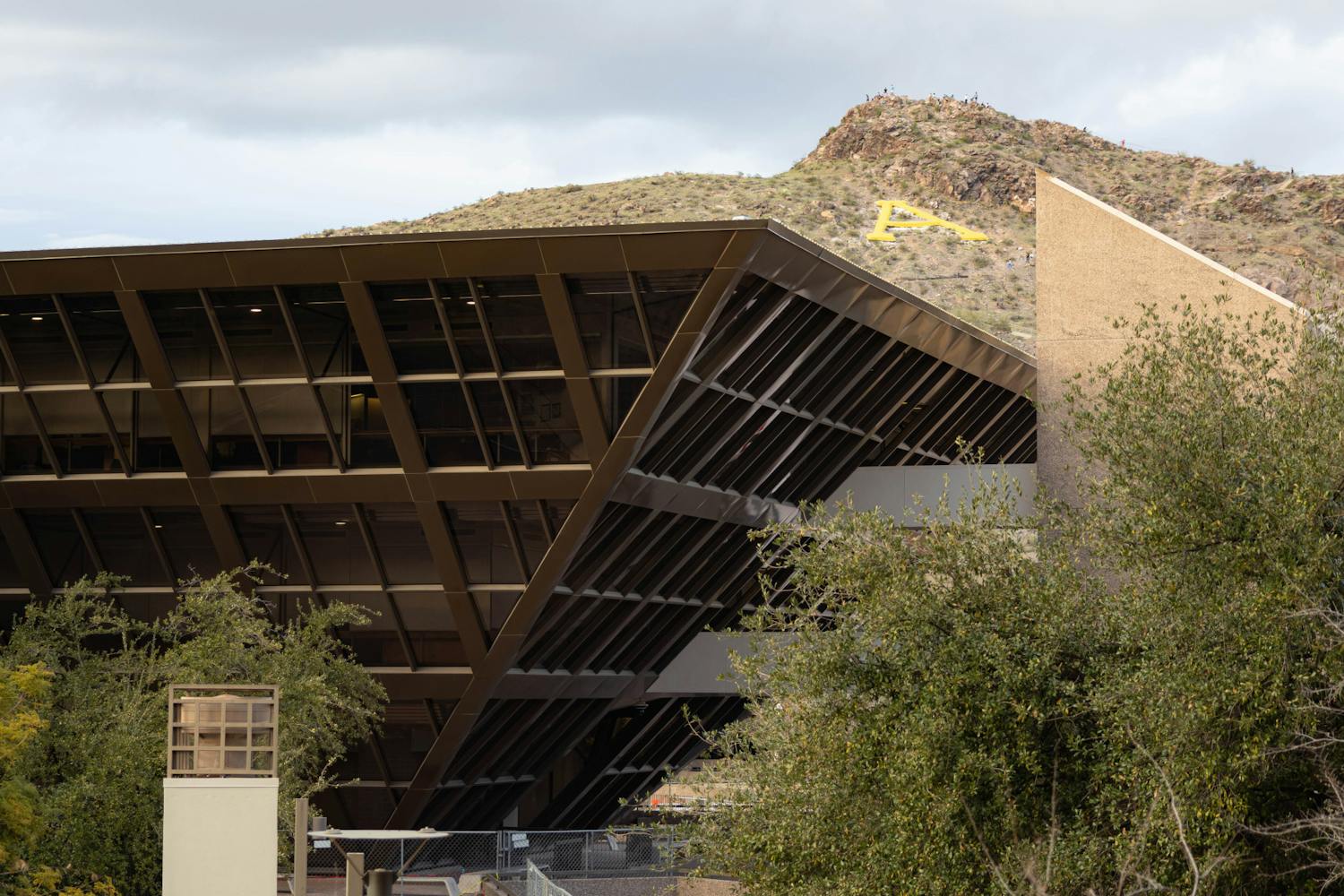ASU microbiology graduate Craig Robson has found a way to escape the pressures of the academic grind while still pursuing his career goals and earning some college credits.
Robson signed on for a hands-on research program at the Biosphere 2 facility based in Oracle, just outside Tucson. The program is run by New York's Columbia University.
Established three years ago, more than 1,000 students from universities throughout the United States have participated in the program.
ASU is one of 32 universities in partnership with Biosphere 2. Other participating universities include Rice, Notre Dame, University of Colorado and California Polytechnic.
Last spring, three ASU students, including Robson, chose the program as an alternative to a conventional classroom.
"For me it was a six-month break from looking at a book," Robson said. "Instead, they give you a $3 million telescope to look at and you can study the stars through that instead of hearing it through an author's voice."
Because a number of universities participate in the Biosphere 2 program, Robson said other research facilities outside the Biosphere campus are available to students.
"It's really nice because you have access to Kitt Peak Observatory, which has telescopes owned by Michigan, Dartmouth and MIT universities," Robson said. "You can just have fun and get hands-on experience."
Kitt Peak has several instruments for observing astronomy. Among them are a 2.4-meter Hiltner telescope and a 1.3-meter McGraw Hill telescope.
The program offers two hands-on courses. They are listed as universe and earth environmental policies.
Tuition for both semesters is fixed according to normal in-state tuition at ASU, NAU and the UA. A possible 16 elective credit hours may be earned through participation in the program.
"Biosphere 2 provides students a tightly focused, integrated and immersive educational opportunity that complements their experience at college," Charles Wood, director of education at the facility, said.
Biosphere 2 spokesman Roy Brunett said the facility has a 250-acre campus including the 3.15-acre glass enclosed Biosphere dome. It is the world's largest contained and controlled environment facility.
"In separate domes there are a rain forest, an ocean and a desert," Brunett said. "Attending classes at the Biosphere 2 center affords students an opportunity to study in an environment and setting that is unique."
Brunett said the Biosphere offers students smaller classes and more one-on-one instruction. There is also the opportunity to meet students from other institutions in the United States and from around the world who are pursuing similar careers.
Brunett said interested students should consult with their advisers to find out whether the offered credits will transfer to their major. "They need to be clear as to where the credits will be applied," he said. Although any undergraduate can apply and receive credits, they must remember that they are electives.
ASU students who want to apply to Biosphere 2 for the spring semester can call (520) 896-2888 or log onto the Biosphere Web site at www.bio2.edu.
Reach Victor Allen at victordallen@cs.com.



